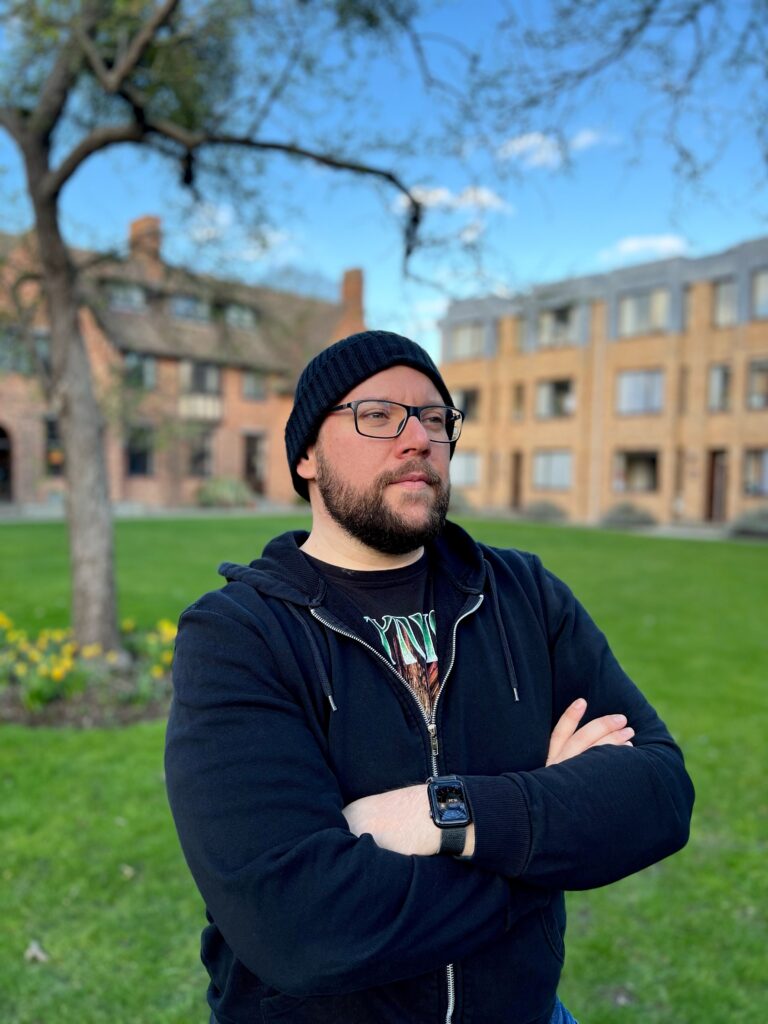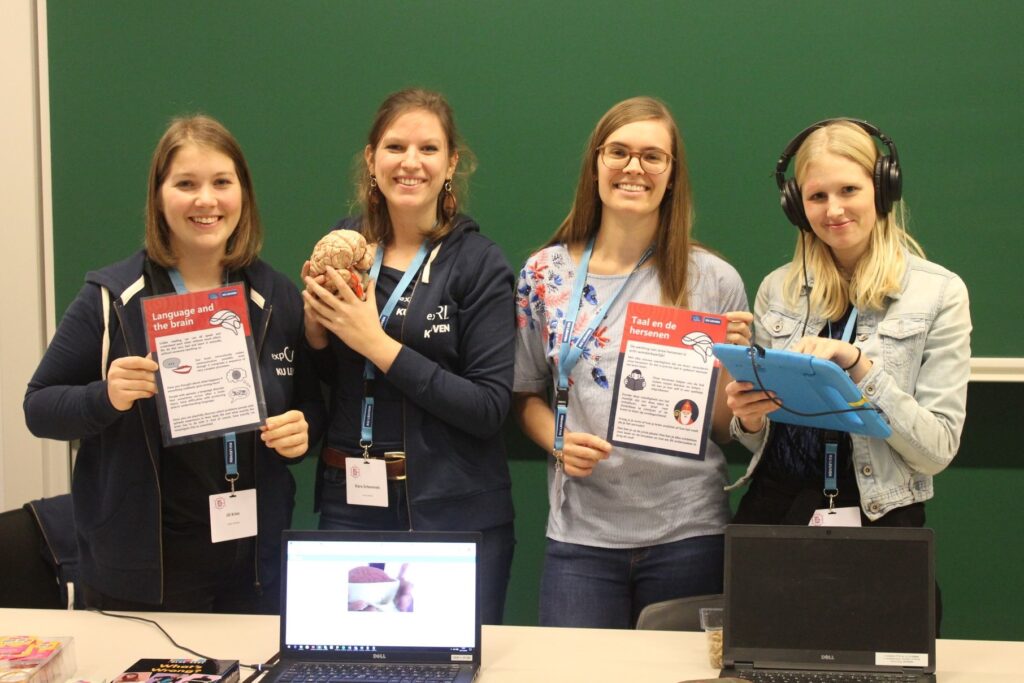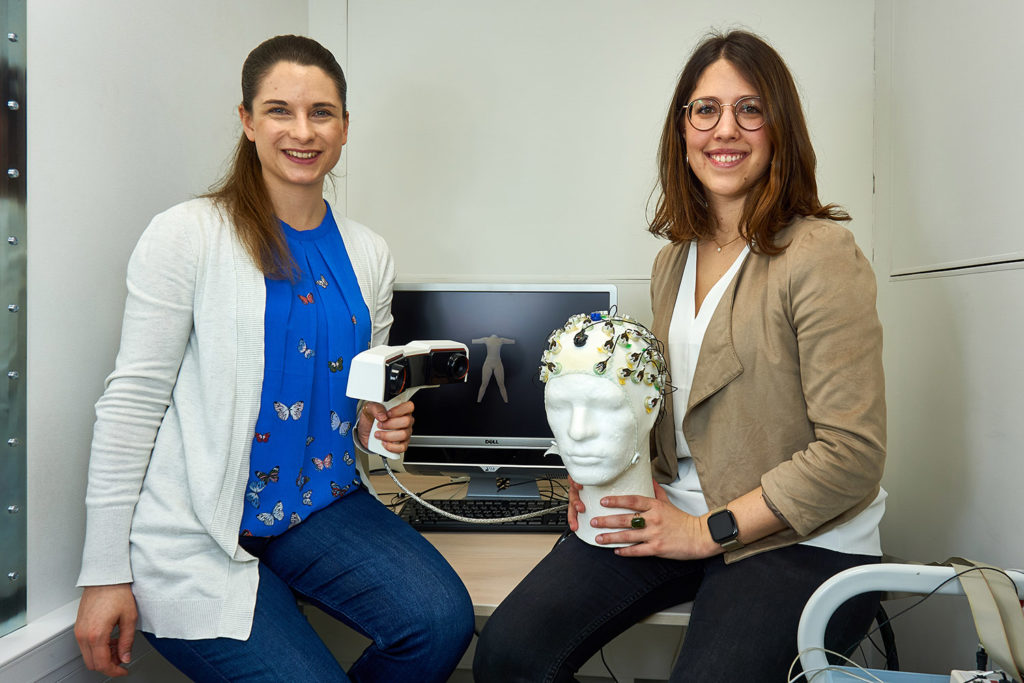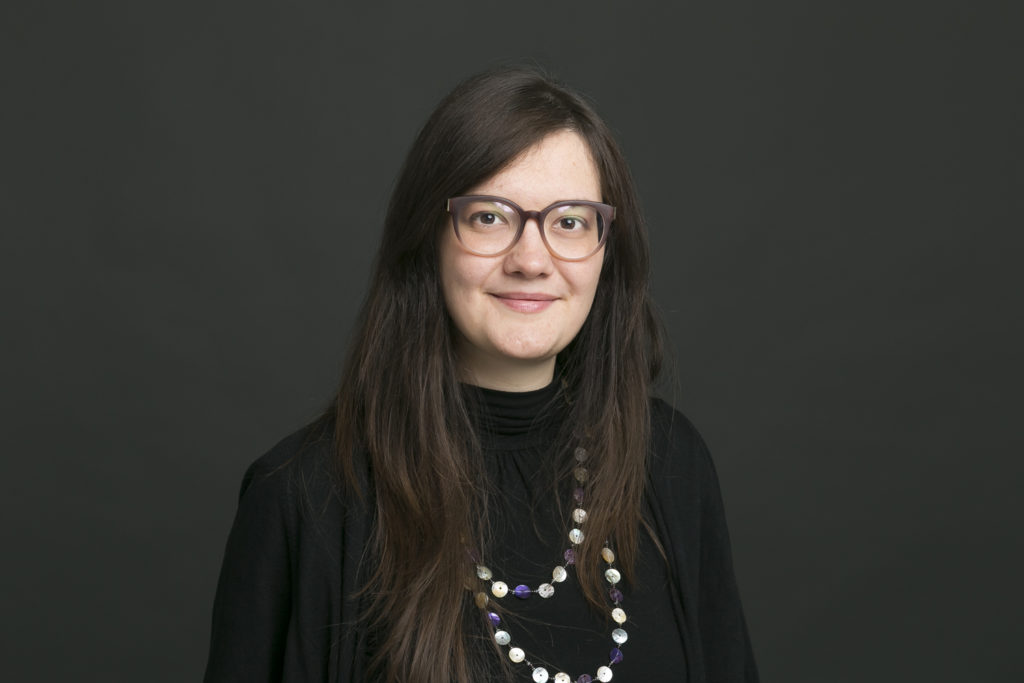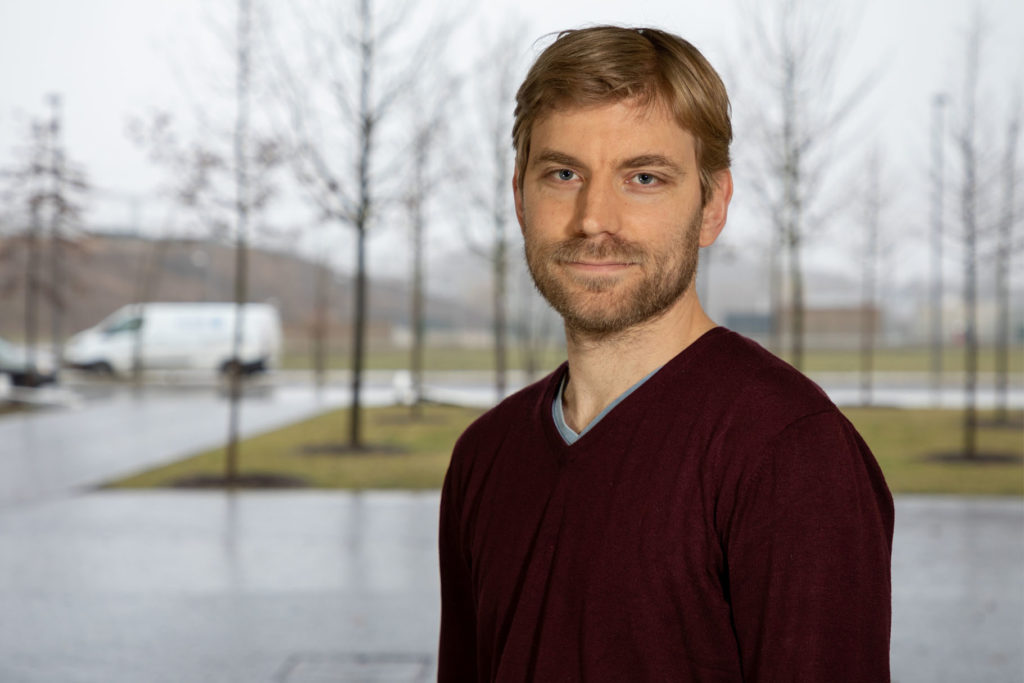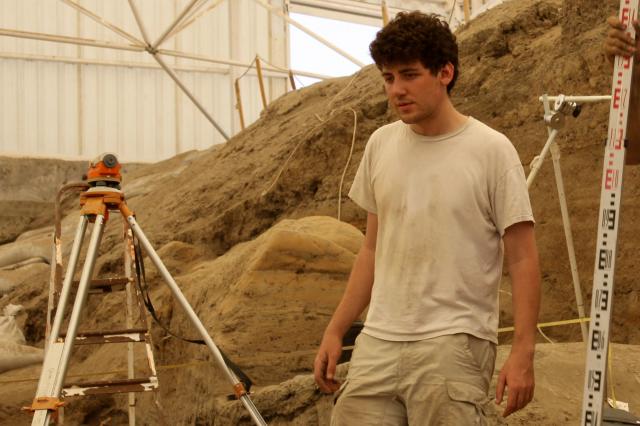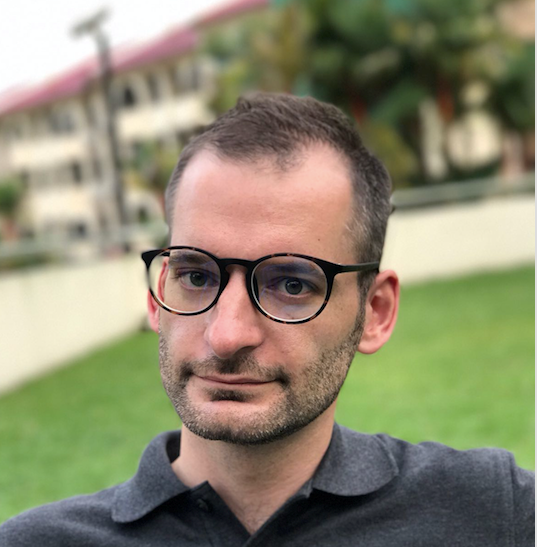
Thin-film technology is used in many different applications. A Luxembourg research team has now developed a method for functionalising surfaces using plasma instead of liquids.
Scientists are not afraid to use acronyms. As a result, even the most industry-revolutionising methods can be given names that seem like random letters at first. This could be said of PiCVD, for example. PiCVD stands for “plasma initiated chemical vapour deposition”, a method developed by Dr. Patrick Choquet and his team at the Luxembourg Institute of Science and Technology (LIST).
PiCVD is a new way of applying ultra-thin functional layers onto glass, plastic or metal substrates. Unlike all previous coating techniques, the method requires no liquid chemicals and works under normal atmospheric pressure. In the past few years, Choquet not only created the theoretical basis for PiCVD but also brought the method to practical maturity.
Functional surfaces are crucial in many technological fields – from photovoltaics and high-performance optics to microelectronics and medicine. Extremely thin layers are created on the surface of glass, metal or plastic using special coating techniques in order to alter the properties of the material: to modify electrical conductivity, for example, or to increase light absorption efficiency, or even to kill bacteria.
Until now, surface layers have always had to be applied in aqueous solution or under very low pressure. These methods are relatively expensive because they use a lot of energy and produce dust sub-products as waste, which requires additional reprocessing. Patrick Choquet and his team at LIST have now changed that, thanks to two projects funded by the FNR: Nanopolypulse (funded within the FNR CORE programme) and METABIO (funded within the FNR INTER programme).
“We concentrated all our effort on plasma solutions,” Choquet says. “There are four aggregate states of matter: solid, liquid, gas and plasma. In plasma form, a substance doesn’t just exist as normal molecules or atoms; rather it exists as ions and electrons, all interacting with one another.”
Plasma is widely used in technology; it is incorporated into TV screens and mobile phones, for example, and is now – thanks to Choquet and his team – also used in coating technology.
“We first had to lay the theoretical foundation for our method,” Choquet relates.
This included precisely identifying and determining the rates of the chemical reactions that take place in the plasma during coating. “Only when you know such details can you control the process and thus ultimately make it ready for industry.”
The scientists established the theoretical foundations within the FNR-funded project “Nanopolypulse”. This was followed by the proof of principle. To prove that PiCVD works, the scientists used chemistry involving large molecules based on vinyl monomers. With this setup, they succeeded in depositing very thin, stable, multifunctional polymer layers onto various substrates.
“It is important to understand the growth mechanism of the layers in detail, by which I mean following, precisely, how the thin-film layer forms at the atomic level,” says Choquet. He and his team therefore performed extensive physical and chemical measurements, each time comparing their calculations with the actual structure of the thin films. Eventually, they were ready to develop PiCVD further for use in the real world – the first application being in dentistry.
This stage took place in a European cooperative project called METABIO of M-ERA.NET, an EU funded network which has been established to support and increase the coordination of European research programmes and related funding in materials science and engineering, which was also co-financed by the FNR. The LIST team collaborated with partners from several regions, among others Belgium and Italy.
“Dental implants can tend to become colonised by bacteria, which then cause inflammation in the mouth of the patient,” Choquet describes the problem.
“The innovative solution was to use the plasma technique PiCVD to prepare the surface of titanium implants to receive natural peptides as antibacterial agents.”
These implants have already gone into in vitro clinical trials, to ensure the coated implants are safe and free of side effects and are indeed less prone to bacterially induced inflammation. A company has also been founded. This startup will later be responsible for marketing the technology.
The applications for PiCVD are highly diverse. Choquet therefore has a lot to do despite the corona crisis: “We believe our technology might even be able to help contain the pandemic,” the scientist says. “While face masks do protect against the dangerous coronavirus, they also offer the virus a place to stay.”
Choquet’s plan is to use PiCVD to create an antiviral layer on the surface of face masks – and thus increase wearers’ safety. If this succeeds, it would be a clear breakthrough for PiCVD. Choquet has secured additional funding through the FNR’s CORE, BRIDGES, INTER Mobility and AFR research programmes.
CORE
The main FNR programme for funding of high-quality research projects in five priority domains: ICT, Sustainable Resources Management, Material Sciences, Biomedical and Health Sciences, Societal Challenges. The programme is dedicated to established (CORE) and starting Principle Investigators (CORE Junior track).
DOMAIN: Material Sciences
CALL YEARS: 2014
FNR COMMITTED: 566,000 EUR
PERIOD: September 2015 to August.2018










